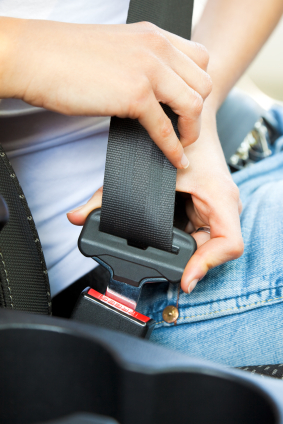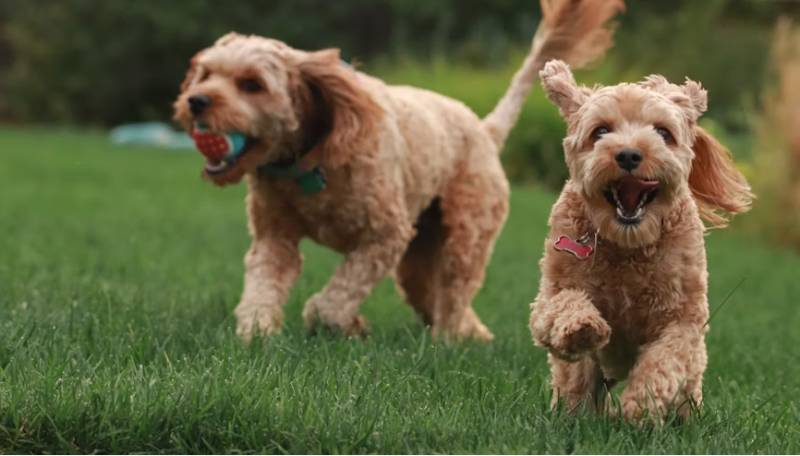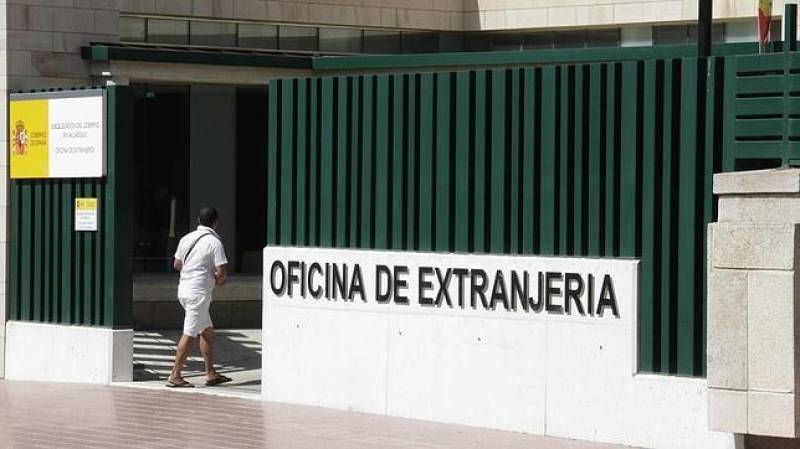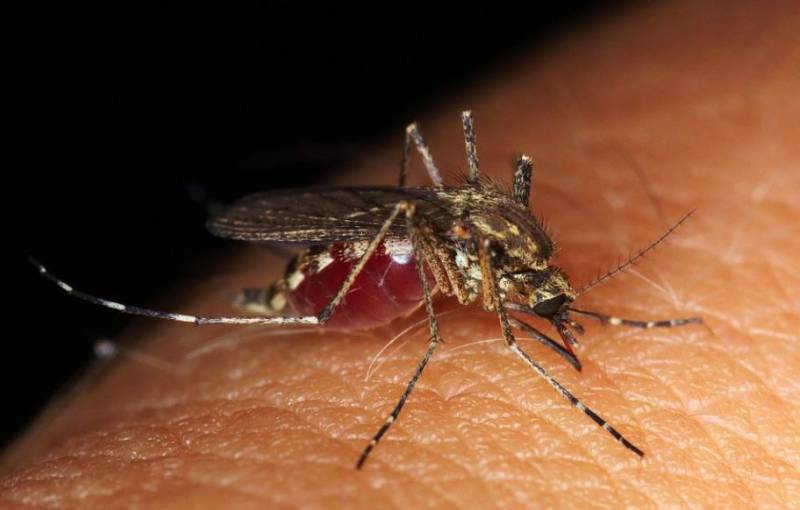
To be listed on the CAMPOSOL TODAY MAP please call +34 968 018 268.
Spanish law, driving with children in Spain
Seatbelt law, child restraints,whilst driving in Spain
 When booking a rental car it is vital to make sure appropriate restraints are reserved
When booking a rental car it is vital to make sure appropriate restraints are reserved
During peak holiday periods many visitors to Spain hire vehicles for family use, but are unaware of the driving regulations in Spain, particularly with regard to the transportation of children. It’s very important if booking a hire car to visit Spain to ensure that the car hire company are aware that children are travelling as part of the group so that suitable restraints can be provided in order to comply with the laws.
Children up to the age of 12, measuring less than 135 cm must be seated in a child restraint system adapted to their size and weight, except when travelling in a taxi in an urban area. Children measuring more than 135 cm may use an adult seatbelt.
Seatbelts are obligatory for all passengers in a vehicle.
Use of Child Seats When Driving in Spain
It tends to go without saying that safety is paramount for children travelling by car. Even the last remaining die-hard non-seatbelt-wearing drivers will ensure that underage passengers are buckled up. But which seat or method should be used? At what point of either age or growth does a child ‘graduate’ to the next type of seat? And then as well as ensuring safety, there’s also the question of the legal penalties for non-compliance… for visitors to Spain (and even for long-term expat residents) this can be a hard area to fathom.
The law is the law is the law
First, the good news. Despite Spain’s highly individualistic and autonomous regions, there are no apparent regional variations to the regulations. This is because seatbelt rules are driven by EU law and because of that, there are direct parallels to requirements in the UK and other European countries.
What is a child?
In law, the definition of a child is usually age-related and that is partly the case when it comes to seatbelts. Any passenger below the age of 12 years is classified as a child. However, because the key factor in deciding which type of belt or restraint is size, that’s also included in the definition. Children older than 12 but who are below 135cm (4 feet, 5 inches) are also subject to the regulations.
Which seat should be used?
There are four categories for children (again, defined by EU regulations) that define the type of seat or belt they should be using: rear-facing seats, front-facing seats, booster seats, and the standard (adult) seatbelt fitted in the vehicle.
Rear-facing seats (Group or 0+)
These seats are for children up to 18 months or 13kg (roughly 2 stone or 28.7 pounds). They face away from the direction of travel and incorporate a harness with shoulder straps connecting to a strap between the legs, securing the whole body of the passenger. Often called “baby seats”, they should never be fitted in a front seat when the airbag is activated.
Front-facing seats (Group 1)
For ages 18 months up to 4 years and between 9-18kg (around 1 stone 6 pounds to 2 stone 12 pounds). Very similar to Group 0 but forward-facing and more obviously seat-like in appearance. Only for fitting in rear seats and never in the middle (i.e. only behind a front seat, either driver or passenger).
Booster seats (Group 2 or 3)
For ages from 3 to 12 years and between 15-36kg (approximately 2 stone 5 pounds to 5 stone 9 pounds). The Group 2 is basically a standard-looking seat but scaled down that sits on top of the vehicle’s fitted seat. For restraint, the standard seatbelt is used; the child is simply boosted to a level where the belt fits as it should. A Group 3 seat is effectively a cushion that raises the passenger to the required height and is used for slightly larger children (again, using the standard fitted seatbelt).
Seat belt
For ages over 12 and heights over 135cm. The key test is that the seatbelt passes over the child’s shoulder but does not touch the neck (touching the neck is a sign that the passenger is still too small and should be using one of the above options. However, once at both this age and size, the child passenger may use the same seatbelt as an adult passenger and also ride in the front passenger seat.
The only allowed exceptions to these rules are if the child is taking a short journey (i.e. in an urban area) in a taxi, in which case, the child should use the standard seatbelt for security.
Responsibilities and penalties
As in the UK and other European countries, the responsibility for ensuring that child passengers are appropriately secured lies with the driver of the vehicle. Should the vehicle be stopped by the Guardia and found to be in breach of these rules, a sizeable fine (or multa) could be levied and the driver may lose points from their licence (in the event of an accident, a breach of regulations may even invalidate the insurance!)
A final note…
When purchasing (or hiring) the appropriate child seat or booster, drivers/parents should ensure that it is EU-CE approved. Although dodgy seats are much less prevalent these days it is still possible to find non-compliant seats in the shops and inadvertently buy something illegal and quite possibly unsafe.
































